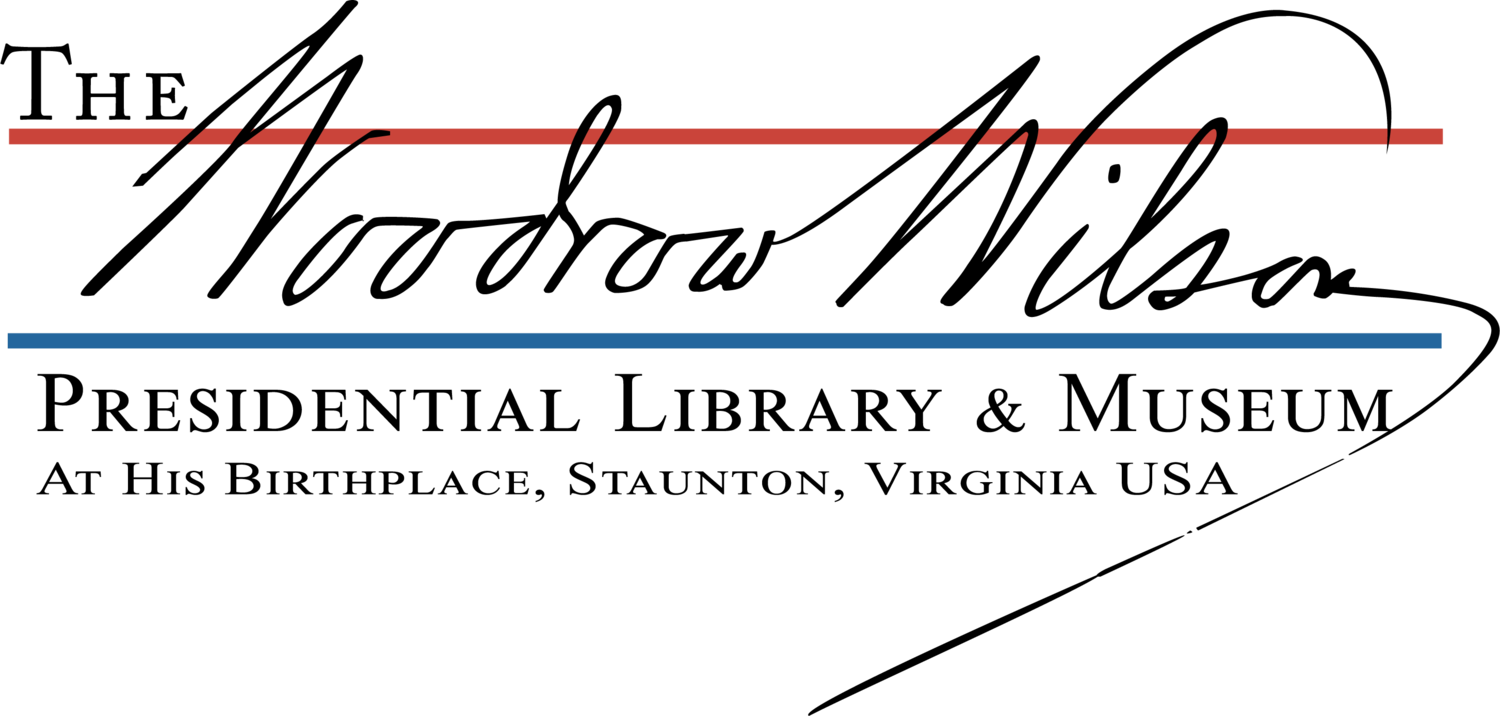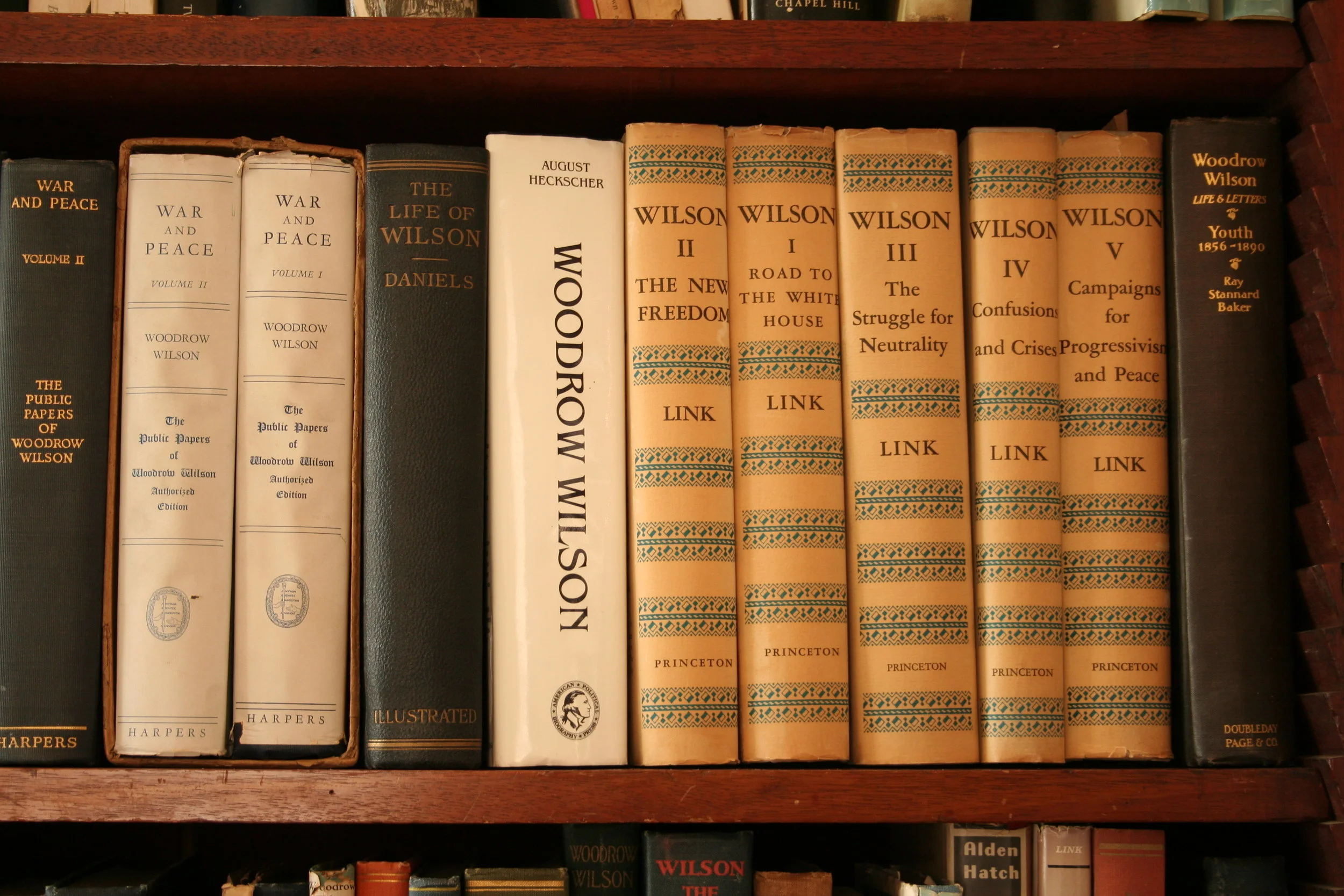Incident at Tampico
/The Mexican Revolution was well underway by the time that Woodrow Wilson became the American president. When the government of Porfirio Díaz failed after thirty-five years in power with a botched attempt to rig elections in 1910, a revolt and then new elections the following year brought Francisco I. Madero to power. He, however, did not manage to please the Mexican elite, and their angry denouncements joined the calls from the peasantry and organized labor to hold new elections. Madero was forced to resign and then quickly assassinated in 1913. A military coup soon brought General Victoriano Huerta to power, but rebellion broke out against his dictatorship and continued to plague it until he was overthrown in 1914, when regional military leaders and Constitutionalists, who wanted the return of the legislature, waged an all-out civil war.
In the midst of all this, there was tremendous pressure for the United States to intervene on behalf of Americans living in Mexico and of the oil companies that had invested heavily there. President Wilson, for his part, went against the calls for stability at all costs and opposed Huerta’s dictatorship, eventually agreeing to allow arms to make their way to the Constitutionalists. He sent down an ally, a former Democratic Governor of Minnesota, John Lind, to replace the US ambassador who had been involved in the plot to overthrow Madera that brought Huerta to power. Lind favored the Constitutionalists, but not their most successful general, Pancho Villa. He offered loans and support, while keeping the door open for military interventions. In one conversation with President Wilson, they discussed sending marines and gunboats to Tampico on the Mexican coast in March or April of 1914.
So, we could say that events came to a head very much according to plan, when the Constitutionalist forces under Venustiano Carranza approached Tampico, while American warships were sitting just off the coast to protect American oil interests. Still, there seemed to be little tension between the Mexican government forces and the US Navy until nine American sailors of the gunship Dolphin were detained while picking up fuel early in April. The commander of US forces in the area demanded a 21-gun salute and an apology from Huerta after the sailors were quickly released. When the Mexican government refused, the situation became tense, and President Wilson used the events as a reason to request permission from Congress for an armed invasion of Mexico. Events soon led to the occupation of Veracruz by US forces, after a short battle that was reported by a young Jack London.
Library of Congress Mexico in Peace and War: a Narrative of Mexican History and Conditions from the Earliest Times to the Present Hour, Including an Account of the Military Operations by the U.S. at Vera Cruz in 1914 and the Causes that led Thereto. Chicago, 1914.







